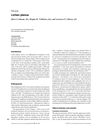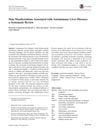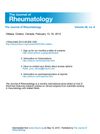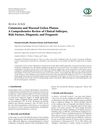Generalized Pruritus in Primary Sclerosing Cholangitis: Implications of Histamine Release by Lysophosphatidic Acid
June 2015
in “
British Journal of Dermatology
”
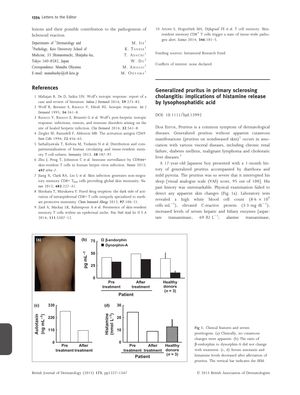
TLDR A certain medication improved severe itching in a boy with liver and bowel disease by reducing histamine levels, suggesting a new treatment target.
The document reported on a 17-year-old Japanese boy with primary sclerosing cholangitis (PSC) and ulcerative colitis who suffered from severe generalized pruritus, which significantly improved after treatment with fexofenadine hydrochloride. The study found that serum levels of autotaxin (ATX) and histamine decreased following the alleviation of pruritus, indicating that the ATX-LPA (lysophosphatidic acid) axis may be responsible for the itch rather than endogenous opioids or bile acids. This suggests that histamine release by LPA could be a novel mechanism for pruritus in PSC patients and that the histamine-LPA-ATX axis might be a potential target for treatment, although the findings are specific to this case and cannot be generalized to all patients with cholestatic pruritus.

